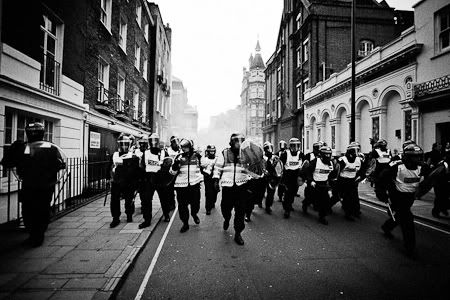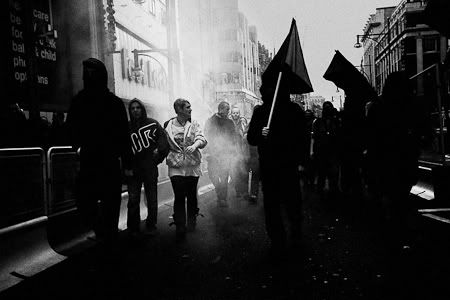The government has been warned that it may have to spend almost £1 billion more than expected over the next four years to cover tuition fees costs, as more universities announce their move to charge the maximum threshold.
Bath, University College London, Birmingham and Lancaster have now joined the growing list of universities who have stated their intention to charge the maximum tuition fees of £9000, starting in 2012.
Lancaster University has justified its decision as a reflection of its teaching and research standing. Vice Chancellor Professor Paul Wellings commented, \”The fee level will allow the university to build on the high level of education and university experience that we currently offer our students.\”
However, not all at the university are happy with the decision. One Lancaster student told Cherwell, \”I just don\’t think raising fees is the right thing to do. We\’ll put people off from going to university and that\’s not good in the long run.\”
Of 23 universities who have so far announced their fee decisions for 2012 onwards, nineteen have declared their intention to move to the £9,000 maximum. This includes Oxford, Cambridge, Exeter, Essex, Surrey, Sussex, Manchester, Warwick, Aston, Reading, Liverpool John Moore and Leeds Metropolitan.
David Willets, the government\’s Universities Minister, had previously stated that £9,000 fees would be charged only in \”exceptional cases.\” However, the number of universities moving to the new threshold has threatened an imbalance in government funding of around £1 billion.
Gareth Thomas, the shadow universities minister, commented, \”It is increasingly clear that the government are powerless to stop universities charging £9,000. This will push up average estimates on which the government\’s spending plans are based, requiring deeper cuts elsewhere in the higher education budget.\”
Critics fear that the initial outlay will have to be paid for in other cuts to higher education, including cuts in research and fewer university places.
The government has already announced national higher education cuts of £940 million, including a 66% reduction in the science capital budget. Universities will face a 9.5% cut compared with the current academic year, including a 6% loss in teaching budgets.
Willets has suggested that the coalition is considering plans to create an \”opportunities fund.\” This would enable the government to allocate more places to institutions that offer cheaper courses, in an attempt to reign in the movement of universities towards the new maximum fees.
A spokesperson for the University of Oxford told Cherwell that, \”Whatever the updated arrangements, Oxford is committed to funding undergraduate teaching.\”
Â




























